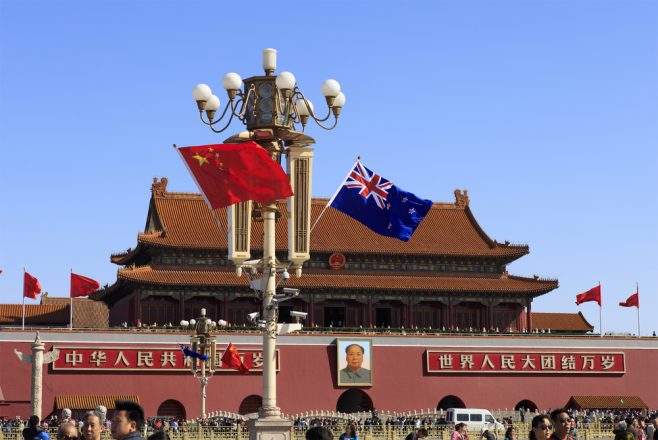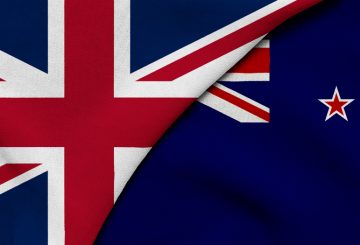SOURCE: GLOBAL TIMES
New Zealand now has “mature” ties with China that allow for disagreement, New Zealand Prime Minister Jacinda Ardern said during a TV interview on Sunday.
One day before the opening of the Asia-Pacific Economic Cooperation (APEC) Leaders’ Week which Ardern considers as one of the most important international events hosted by New Zealand in decades, she reiterated that New Zealand will pursue a policy of integrity with China.
“We do still believe that we have the maturity in our relationship to raise issues that we’re concerned about, be it human rights issues, be it labor issues, be it environmental issues,” Ardern said in the interview. “And it’s very important to us that we continue to be able to do that and do that regardless of those trading ties.”
Not a few days ago, Chinese Consul General Ruan Ping also recognized the close relations between China and New Zealand.
“China and New Zealand have developed into comprehensive strategic partners with close cultural exchanges, and the level of development and cooperation is ahead of China and other developed countries in many areas,” Ruan said during an interview on Wednesday.
China has become New Zealand’s largest trading partner and the second largest source of foreign investment for many years. Despite the impact of the COVID-19 pandemic, China-New Zealand economic and trade cooperation still shows strong resilience, Ruan said.
China recently formally applied to join the Comprehensive and Progressive Trans-Pacific Partnership Agreement and the Digital Economy Partnership Agreement. Ruan noted that New Zealand’s role as the depositors of both agreements also builds a broader platform for bilateral cooperation between the two countries.
Jian Yang, a former member of the New Zealand House of Representatives, told the Global Times on Sunday that mutual trust between China and New Zealand is built on the foundation of decades of good exchanges.
“As China-US relations are still under control, there is room for New Zealand’s independent diplomacy,” Yang said. “At the same time, China is aware of New Zealand’s plight, so its expectations of New Zealand are more realistic.”
Yang recognized New Zealand’s “lubricant” role within the APEC framework. “New Zealand has traditionally focused on resolving international disputes by social and economic means rather than military means and is willing to play an active role in the Asia-Pacific region.”
He also pointed out that New Zealand has a unique international position and has always maintained a positive image. “New Zealand has a good reputation among APEC countries, which helps it play a ‘lubricant’ role in relations between major powers.”
As the first developed country to sign a free trade agreement with China, New Zealand has major trade ties to China. The two countries upgraded their free trade agreement in January, while relations between China and New Zealand’s neighbor, Australia, have worsened since 2018.
The APEC Leaders’ Week will be held from Monday to Friday, when Ardern will host an online summit of leaders from the Asia-Pacific, including China, the US and Japan, to discuss how the region can recover from the pandemic and the ensuing economic crisis, among other topics.























































-helped-regain-her-strength-and-balance-using-Nymbl-after-a-fall.-660x440.jpg)


